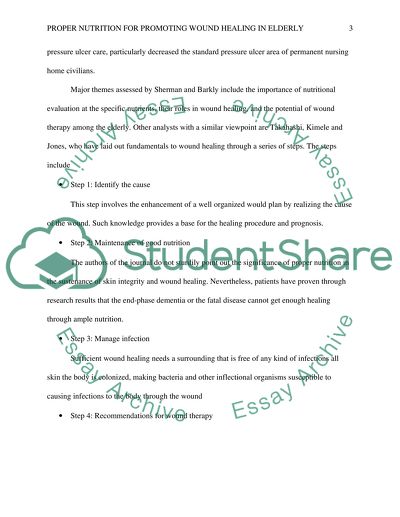Cite this document
(“The importance of proper nutrition for promoting wound healing in Literature review”, n.d.)
The importance of proper nutrition for promoting wound healing in Literature review. Retrieved from https://studentshare.org/nursing/1434542-the-importance-of-proper-nutrition-for-promoting
The importance of proper nutrition for promoting wound healing in Literature review. Retrieved from https://studentshare.org/nursing/1434542-the-importance-of-proper-nutrition-for-promoting
(The Importance of Proper Nutrition for Promoting Wound Healing in Literature Review)
The Importance of Proper Nutrition for Promoting Wound Healing in Literature Review. https://studentshare.org/nursing/1434542-the-importance-of-proper-nutrition-for-promoting.
The Importance of Proper Nutrition for Promoting Wound Healing in Literature Review. https://studentshare.org/nursing/1434542-the-importance-of-proper-nutrition-for-promoting.
“The Importance of Proper Nutrition for Promoting Wound Healing in Literature Review”, n.d. https://studentshare.org/nursing/1434542-the-importance-of-proper-nutrition-for-promoting.


